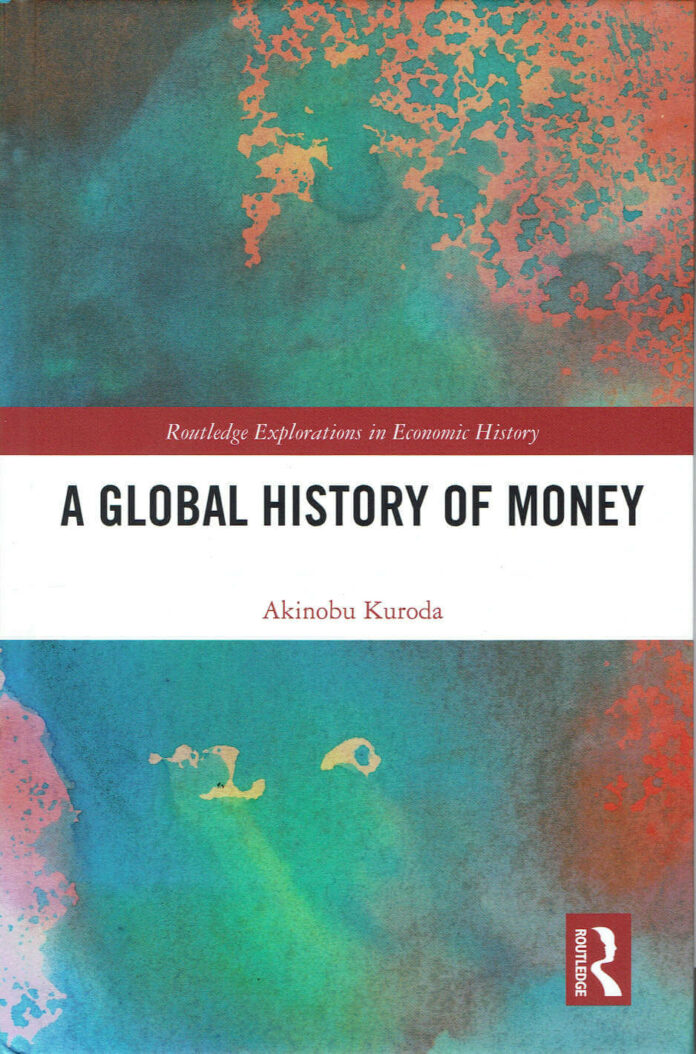
For a long time, historians have told the history of the world from a Eurocentric perspective. The same can surely be said about the history of money. From a Western perspective, it always appeared to be a fairly linear development: from barter to coin money to paper money to non-confidential money. When you’re looking at a book which deliberately tells a global history of money, however, you realize that matters might have been a little more complicated than that. Akinobu Kuroda, Professor at the University of Tokyo, has written a book just like that. He is a renowned expert for the history of money who has repeatedly published about this topic before.
How Money is Used
In “A Global History of Money”, Kuroda discusses aspects of money and monetary transactions in Europe, Asia, and Africa between the 11th and the 20th century AD on 200 pages. He is primarily interested in the ways that people use money. What the author does really well is provide many examples which show that monetary systems were not in fact as strictly regulated as one might expect. By studying the system “from below” and focusing on the ways that ordinary people used money, he shows that different or “asynchronous” currencies and types of money, whose exchange rates often varied significantly, were in circulation at the same time. In spite of state regulations, many of these multifaceted monetary systems can be found up until the 20th century, especially among local groups, farmers, or in busy marketplaces. They can take the form of local or foreign currencies but also of individual flexible systems for bonds or barter. The type of payment used greatly depends on whether the transactions take place within one or between different population groups as well as between which groups.
As fascinating as this subject matter generally is, it is also enormously complex. Since the author focuses on the theoretical aspects of monetary economy, readers who have picked up the scholarly publication purely out of personal interest in the subject matter, will soon lose interest. The target audience is economists and historians working in the history of money. For those readers, Kuroda’s explications should prove to be of great value.
Speaking of Money
Would I buy the book? Definitely not! Don’t get me wrong, I have nothing whatsoever against this book. I’m talking about the price. Which, at 135 euros, is exorbitant. What good is even the best book if no reader can or wants to afford it? If you’re not set on a physical copy, you can get the eBook for c. 34 euros on the publisher’s website. And with a little luck you can also get your hands on a hardcopy at a lower price on Amazon.
You can find the book on the publisher’s website.




